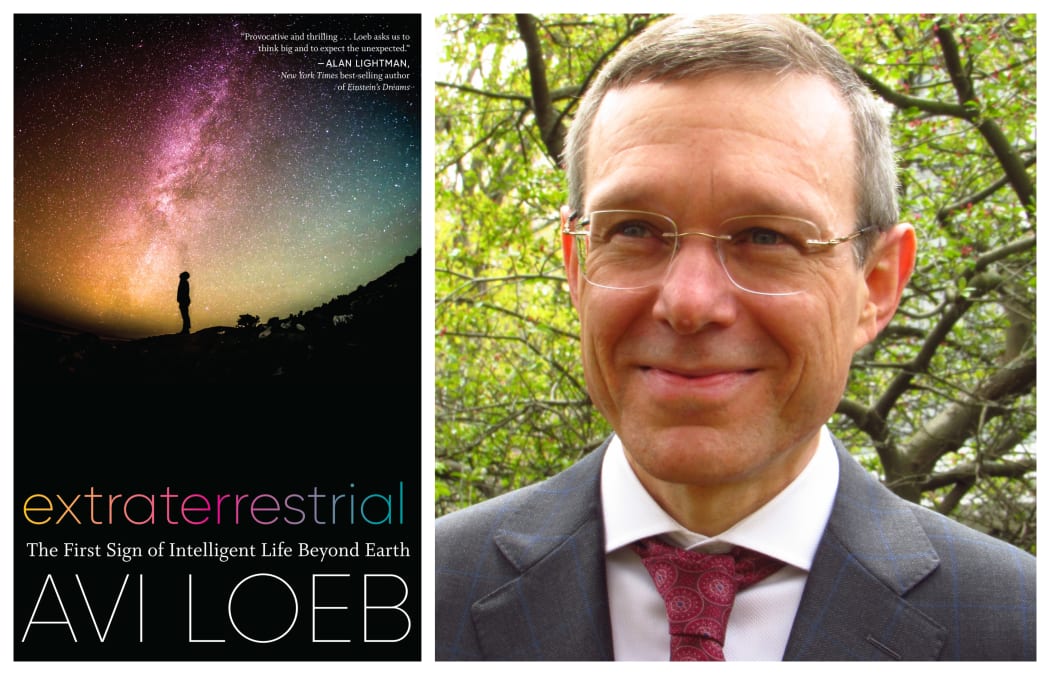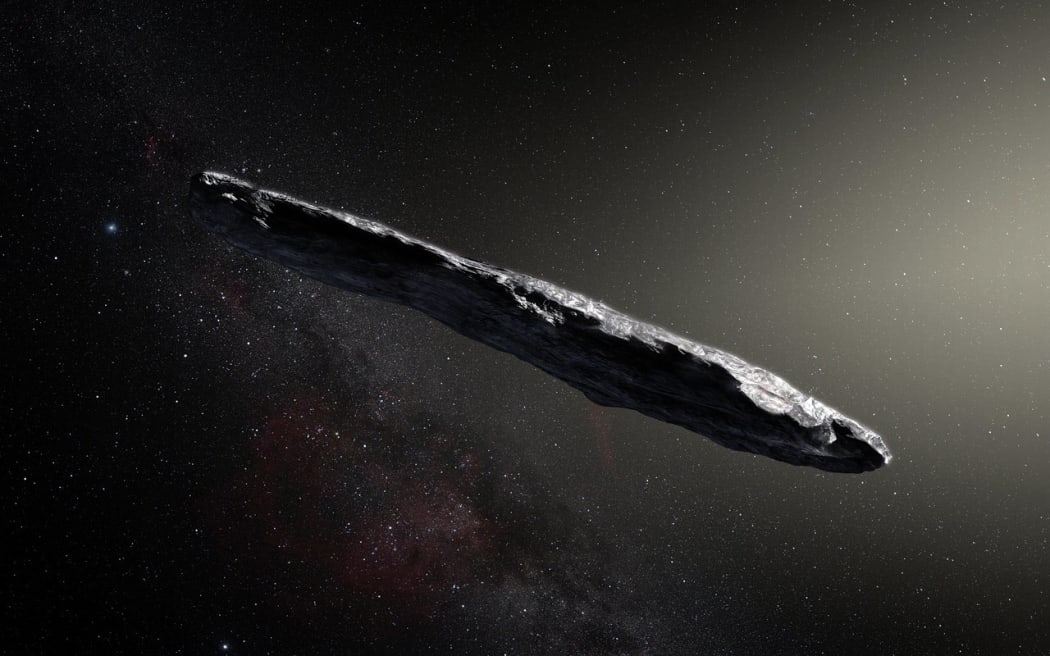Professor Avi Loeb, the former chair of astrophysics at Harvard University, believes an object that passed through our solar system had extraterrestrial origins - but his colleagues largely disagreed.
In late 2017, scientists at a Hawaiian observatory glimpsed a strange object soaring through our inner solar system.

Photo: supplied
The object - dubbed "Oumuamua" - was pancake-shaped and as big as a football field. It had no tail so wasn't a comet and it was moving too quickly to be an asteroid.
Former Chair of Astrophysics at Harvard University Professor Avi Loeb became intrigued by the object - eventually concluding that it was most likely a piece of advanced technology created by a distant alien civilisation.
Professor Loeb lays out this controversial theory , which enraged some of his colleagues, in his new book Extraterrestrial.
Speaking to Kim Hill, Loeb said that a number of anomalies convinced him that this object was not simply a rock hurtling through space.
"The object Oumuamua showed about six anomalies, but the most striking among them is that it was pushed away from the sun by a force that declined inversely with distance-squared in a smooth fashion and it showed no outgassing, no cometary tail, no trace of gas or dust coming off it.
"And usually such a force is associated with a rocket effect, when gas evaporates off a comet, but there was no cometary tail in this case and the only way to explain this force was out of the reflection of sunlight."
He compared Oumuanmua to another object discovered by the same observatory in September last year, which behaved in a similar fashion. This object, given the name 2020 SO, was later discovered to be a rocket booster that had been kicked into space from earth.
"We know that it had thin walls and that's why it had a large area for its weight and it could have been pushed by reflecting sunlight," he said.
"So it was artificial, we know that because we produced this rocket booster, the question is who produced Oumuamua, this object from 2017 that showed similar qualities."

Artist's impression of 'Oumuamua'. Photo: RNZ / Supplied
Other possible explanations scientists came up with for Oumuamua was that it could be an iceberg made of pure hydrogen, or a kind of outer space 'dust bunny' - an object made out of a collection of loosely bound dust particles.
However, Loeb said both of these explanations had major flaws - and neither a hydrogen iceberg or a dust bunny could withstand the heat of the sun.
"I maintain that an artificial origin, sort of like a very thin object similar to 2020 SO, that I related to a light sail, a thin object pushed by light could indeed be a possibility - and nature doesn't make light sails, it has to be some other civilisation."
He said similar technology using 'light sails' was being developed for space exploration currently, an advantage that could mean spacecrafts would not need to carry fuel.
Loeb's theories have not been accepted among his peers, who have argued that a natural explanation for the object was much more likely. However, Loeb said that most of the time, scientists are more uncertain than they let on.
"Most of the time we are uncertain, we have limited evidence and we have multiple intepretations of that evidence," he said.
"If the public would recognise that most of the time scientists do not have enough evidence and there are multiple interpretations, then scientists would be much more credible because when they come up with a consensus view, it would be clear that there is enough evidence and that now the public should believe them."
He said the natural origin explanations for Oumuamua still required further evidence that had not been provided - and if they were found to be the truth, they would also be something that we had never seen before.
"If the natural origin explanations involve something that we have never seen before, we better get evidence to decide because we will learn something new, no matter what," he said.
"The only way we will not get evidence is if we say 'it's always rocks, it's never aliens' and that would be similar to a caveman looking at a cellphone and saying 'it's just a shiny rock'."

